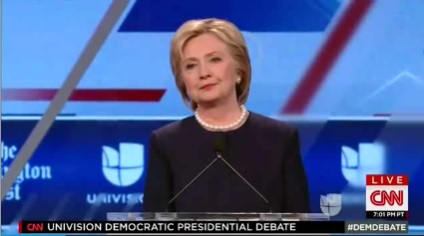Investigation: Caucus Cash – How Black and Hispanic Leaders Raise Millions From Big Business
By James Varney

Investigation by James Varney originally published by RealClearInvestigations and RealClearWire
Like-minded members of Congress have created hundreds of caucuses to help them work on specific issues – including the Arthritis Caucus, the Freedom Caucus, the U.S.-Japan Caucus, the Special Operations Forces, and the Bipartisan Candy Caucus.
But two of them – the Congressional Black Caucus and the Congressional Hispanic Caucus – stand out for the unparalleled fundraising they do through independent but closely aligned nonprofit arms. Filled with current members of Congress and representatives from some of America’s largest corporations, the Congressional Black Caucus Foundation and the Congressional Hispanic Caucus Institute operate outside of normal campaign finance laws to raise millions of dollars each year.
Websites and tax returns for the two nonprofits say they are designed to provide scholarships and opportunities to minority students and promising businesses. But records show they spend a much smaller percentage of their revenue on those programs than they do on salaries, fundraising, and hosting conferences.
“What you have is a very cozy relationship that complies with the law, yet it’s elected officials and corporations working together and there’s lots of money involved,” said Joe Postell, a professor of politics at Hillsdale College. “It claims to be philanthropic but it’s obvious it’s just another avenue for special interest money.”
And it’s a lot of money.
The Congressional Black Caucus Foundation raked in more than $45 million between 2020 and 2022, the last full year for which figures are available, and that includes the down year in which the COVID pandemic shutdowns crippled the U.S. economy. During that stretch, Foundation revenues increased nearly 89%.
But only a fraction of that appears to be spent on the programs it trumpets. For example, in 2022, the foundation brought in $18.4 million, and of that total, it spent more than $16 million, or 86%, on staff salaries and benefits, management fees, fundraising, and conferences, records show. Its fundraising cost in 2022 – $5.4 million – was more than double the $2.5 million it reported spending on scholarships.
Read the entire investigation here.
This article was originally published by RealClearInvestigations and made available via RealClearWire.







